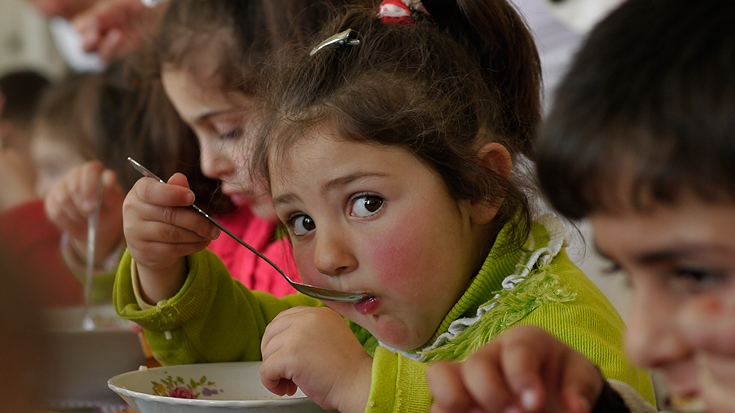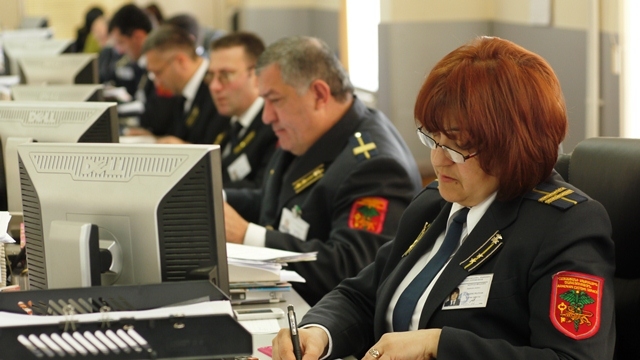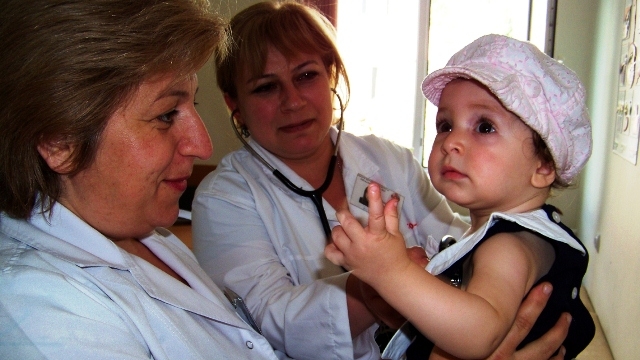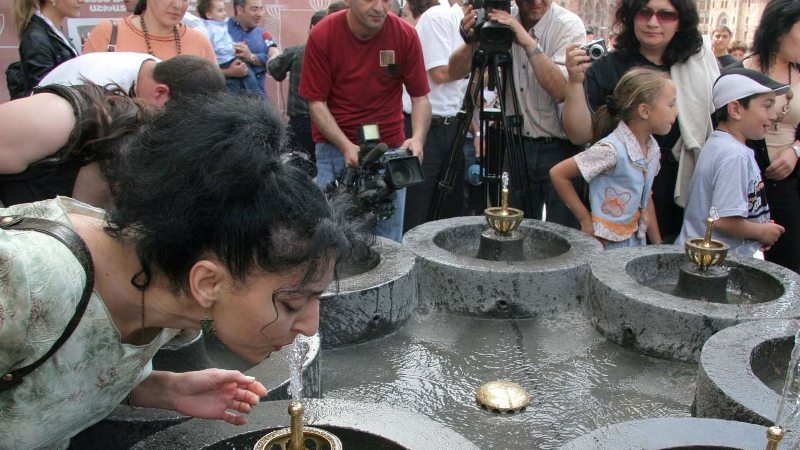IDA Results
Below are some selected results supported through International Development Association (IDA) financing:
- Enrollment of preschool-age children increased from 31 percent in 2008/09 to 75 percent in 2012/13.
- Progress was made in improving the quality assurance standards of universities through legislation approved in 2012 on their accreditation.
- Tax administration improved, with 20 percent of tax returns filed electronically in 2011, up from 0 percent in 2008.
- The annual number of tax payments was drastically reduced from 50 to 13, and the annual time needed to pay taxes was shortened from 581 to 380 hours in 2006–11, following a Government decision in 2012 to reduce the number of tax payments for social security contributions, corporate income, property and land taxes, and other.
Bank Group Contribution
The above results were supported by a World Bank-financing envelope of US$686 million, of which US$285 was from IDA financing. In addition, the program was supported by a Trust Fund portfolio consisting of 20 projects with a total commitment of about US$6 million. IFC invested US$224 million—more than in the preceding 14 years—through 34 operations in the banking, leasing, mining, real estate, agriculture, and energy sectors. In response to the challenges that arose during the crisis, the Country Partnership Strategy (CPS) contributed to improving social protection targeting, restoring macroeconomic stability, strengthening governance and public financial management, enhancing the transparency and accountability of the public sector, and improving the performance of the judicial system. Significant progress was made toward four other key goals of the CPS program: (i) fostering the economy and technological progress; (ii) supporting competition and private sector development; (iii) improving road, energy, irrigation, and water infrastructure; and (iv) promoting human capital development. The World Bank program appropriately focused on addressing vulnerability and mitigating the adverse poverty effects of the crisis, and strengthening the foundations for medium-term competitiveness and growth. Over the course of implementation of the CPS, the country and global economic environment changed and the program adequately adapted to those changes.
The active lending portfolio consists of 15 projects, with total net commitments amounting to US$395 million. In addition, the Armenia program is supported through technical assistance and economic and sector work, and by 20 recipient-executed Trust Funds in support of project preparation and areas such as public sector capacity building, public financial management, and food safety.
Partners
The World Bank has maintained close partnerships with other donors, including: the U.S. Agency for International Development (USAID), in the areas of private and financial sector development, water sector reforms, human development, and regulatory reforms; the Asian Development Bank (ADB), in the areas of road rehabilitation and urban transport, solid waste management, and water; the European Union (EU), in the area of trade-related, judicial, social
protection, and public sector modernization reforms; the Eurasian Development Bank (EDB), in the areas of irrigation, agriculture, and rural development; the United Nations Development Programme (UNDP) and other UN agencies, in the areas of social protection, health, a strengthened national statistic capacity, and disaster risk mitigation; the Organization for Security and Cooperation in Europe (OSCE), in the area of guillotine regulatory and public sector modernization reforms; and the European Bank for Reconstruction and Development (EBRD), in the areas of water sector, transport, and e-procurement reforms. The Bank has also closely coordinated with the International Monetary Fund (IMF) in the areas of macroeconomic monitoring, financial sector reform, tax administration, and policy reform. This multilateral cooperation has allowed for an effective contribution toward the Government’s efforts to improve governance, create new infrastructure, modernize health facilities, reduce poverty and improve social service delivery, and boost economic growth.
Moving Forward
The overarching objective of the ongoing CPS, endorsed in October 2013, is to support the Government’s vision for boosting shared prosperity and reducing poverty through accelerated economic growth and job creation. The main binding constraints to achieving these goals are poor labor market outcomes, notably high unemployment and low-paid employment, inadequate coverage and targeting of the social protection systems, and insufficient investment and firm creation that would spur competitiveness and growth. The severe underutilization of labor translates into a lack of opportunities, notably for the bottom 40 percent of the population, whose households have fewer people employed and lower earnings. Reversing this trend requires policies that promote equality of opportunity and create an enabling environment for private sector–led job creation.
In response to these challenges, the World Bank will continue to support competitiveness and job creation, which is expected to foster the income growth of the bottom 40 percent of the population, and the improved efficiency and targeting of social services, with a focus on the most vulnerable segments of the population. Improving governance and anti-corruption (GAC) measures in public services is a cross-cutting theme.
The FY14-17 CPS envisages an International Bank for Reconstruction and Development (IBRD)/IDA program estimated to amount to US$684 million, including US$84 million from IDA financing for FY14. Armenia will graduate from IDA by the end of the IDA 16 Replenishment period.
IFC will maintain a strong commitment program of around US$40 million per year plus an additional trade finance volume of up to US$30 million, subject to market demand and the availability of viable investments.






